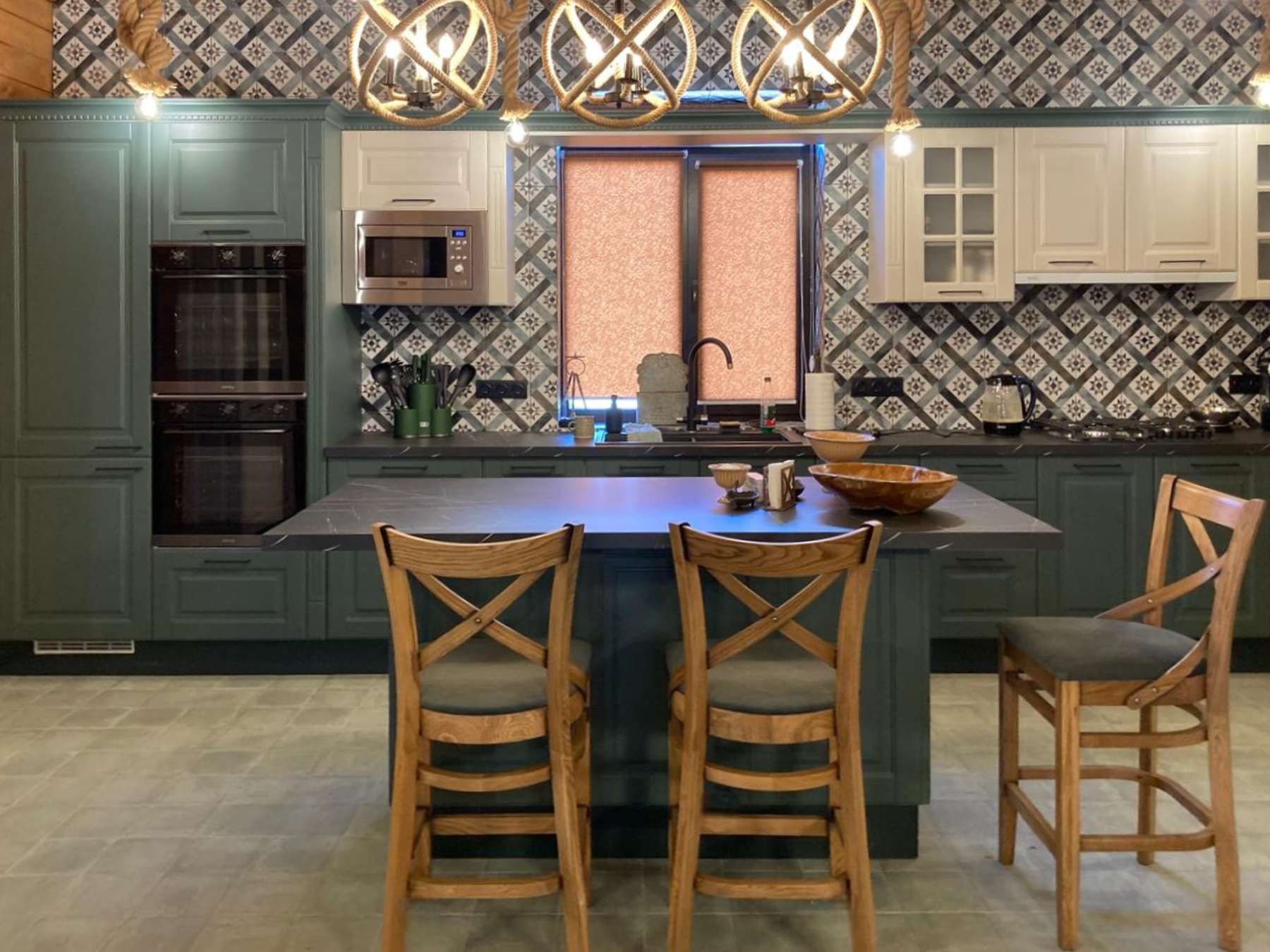
The Future of Kitchens: Transformative Culinary Space Designs
An Introduction to Revolutionizing the Heart of the Home
The world of kitchen design is undergoing a dramatic transformation as homeowners and designers alike seek innovative ways to combine aesthetics with functionality. No longer simply a place for meal preparation, the modern kitchen has become the heart of the home - a multifunctional space for cooking, dining, and socializing. The following segments explore the latest trends and futuristic concepts that define transformative culinary space designs.
Maximizing Space Through Modular Design
As urban living spaces get smaller, the demand for modular kitchens is on the rise. These designs cleverly utilize every inch of available space, with elements that can be easily rearranged or tucked away. Features such as foldable counters, retractable appliances, and stackable storage units are not just space-savers but also add a sleek and contemporary look to the kitchen. By incorporating modular designs, homeowners can create a kitchen that adapts to their needs, without compromising on style or functionality.
Integrating Technology for Smarter Kitchens
Technology is playing a central role in transforming culinary spaces. Smart kitchens are equipped with appliances and systems that can be controlled remotely via smartphone or voice commands. Refrigerators can now track expiration dates, ovens can preheat on a schedule, and faucets can dispense precise amounts of water at the desired temperature. This integration of technology streamlines cooking processes, enhances energy efficiency, and delivers a high level of convenience for the modern chef.
Embracing Sustainability and Wellness
Sustainable design is vital in today's culinary spaces as more consumers become environmentally conscious. Energy-efficient appliances, materials with a lower carbon footprint like bamboo and recycled glass, as well as herb gardens installed within the kitchen space, reflect a commitment to sustainability. Additionally, the kitchen design that incorporates natural light, air purification systems, and non-toxic construction materials all contribute to a healthier living environment that promotes wellness.
Creating a Personalized Experience with Customization
Customization is at the forefront of kitchen design, allowing individuals to express their personal style and meet their unique needs. From custom cabinetry and unique backsplashes to personalized color schemes and high-tech gadgets, every element in the kitchen can be tailored. Custom culinary spaces are not just about the aesthetics; they are also about creating a user-friendly environment that aligns with the homeowner's cooking habits and lifestyle.
Fostering Social Interaction with Open-plan Layouts
Open-plan kitchens that merge seamlessly with living and dining areas encourage social interaction and make entertaining effortless. These expansive layouts facilitate communication and provide a welcoming atmosphere for family and friends to gather. By breaking down walls and barriers, open-plan kitchens foster a sense of community and togetherness, transforming meal preparation into a shared experience.
Conclusion: The Kitchen as a Reflection of Self
Transformative culinary space designs are reshaping the way we think about and interact with our kitchens. As these spaces evolve to meet the demands of modern living, they become a reflection of our values, technological advancements, and social habits. Whether through modular functionality, smart technology integration, sustainability measures, personal customization, or open-plan socializing, today's kitchen designs are paving the way for a future where the kitchen is not only a place to cook but also a haven for creativity, comfort, and connection.